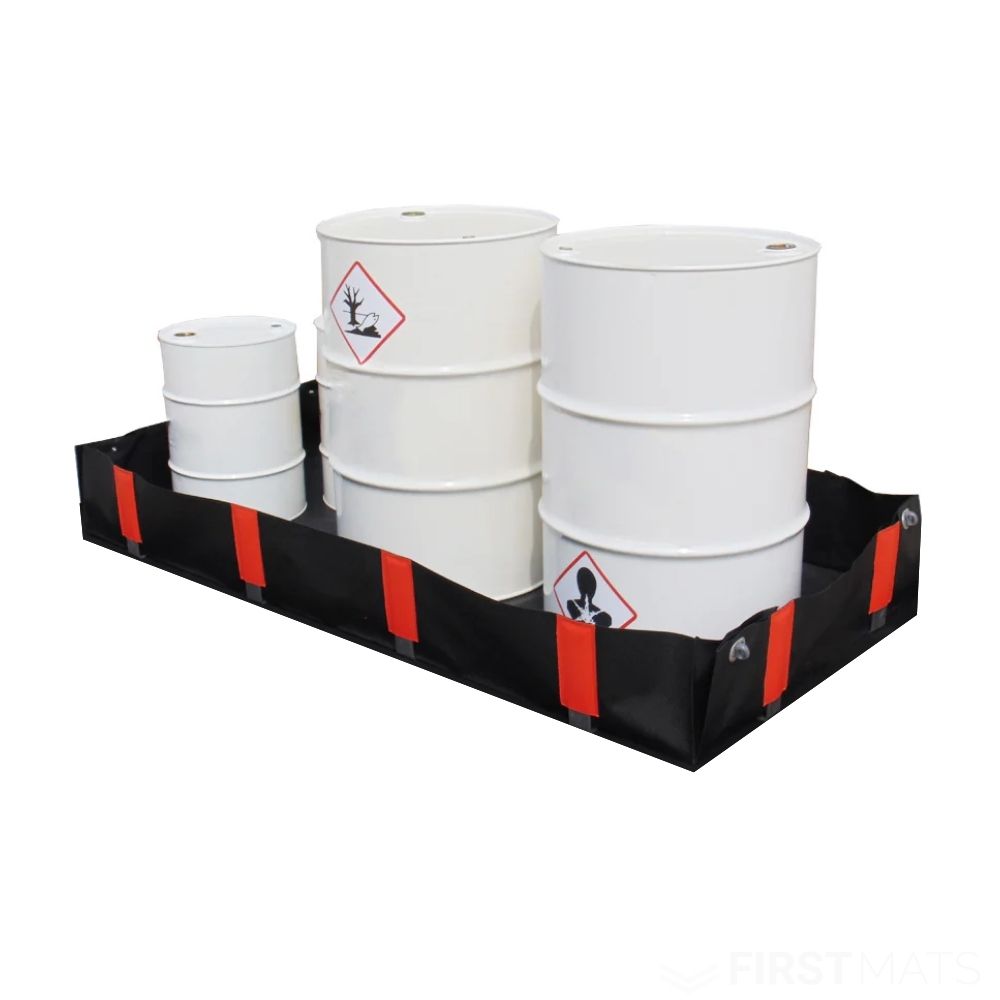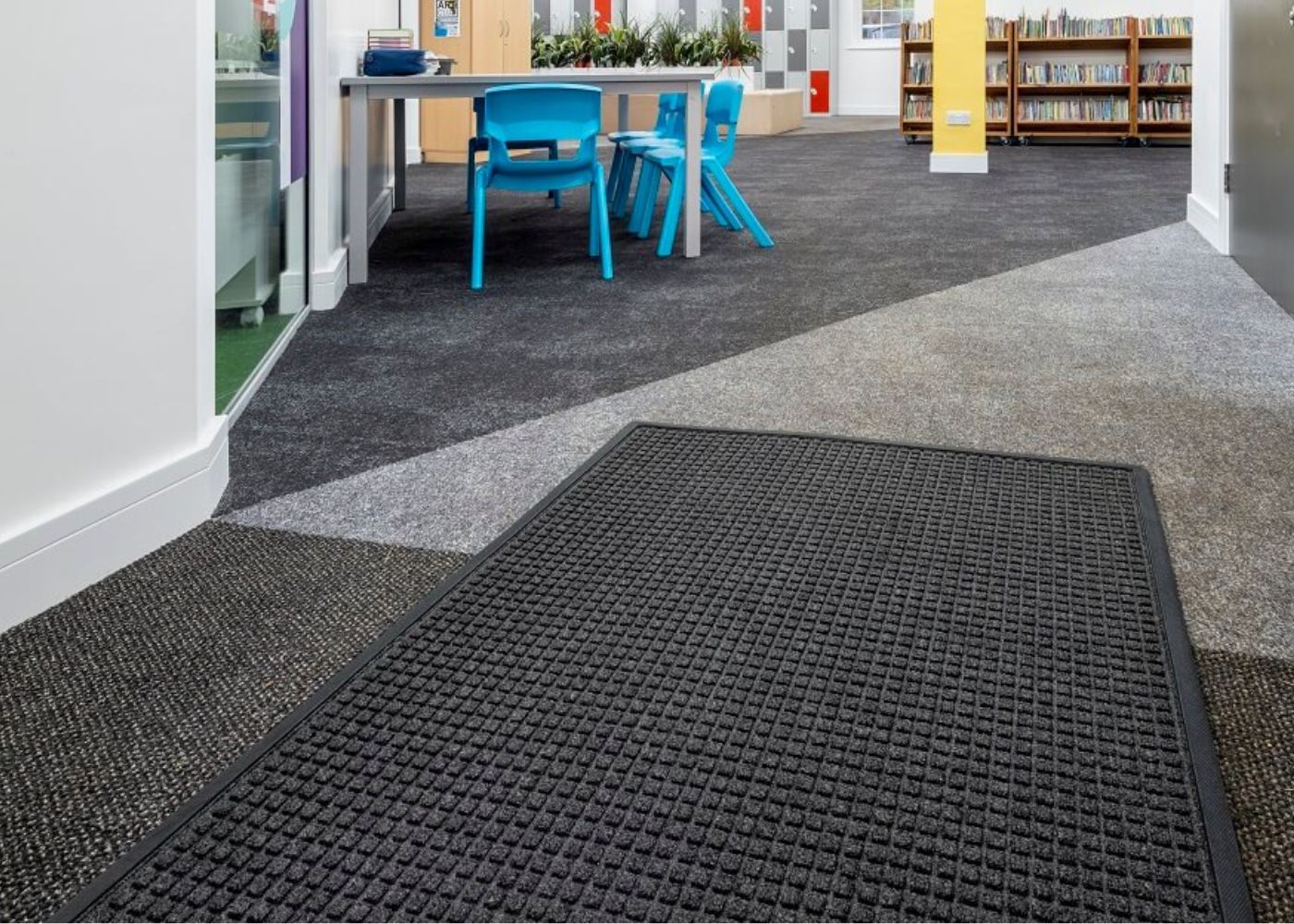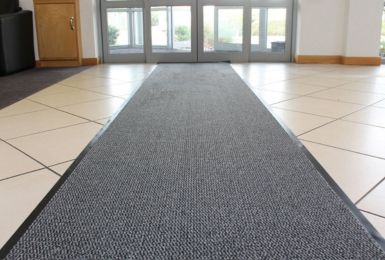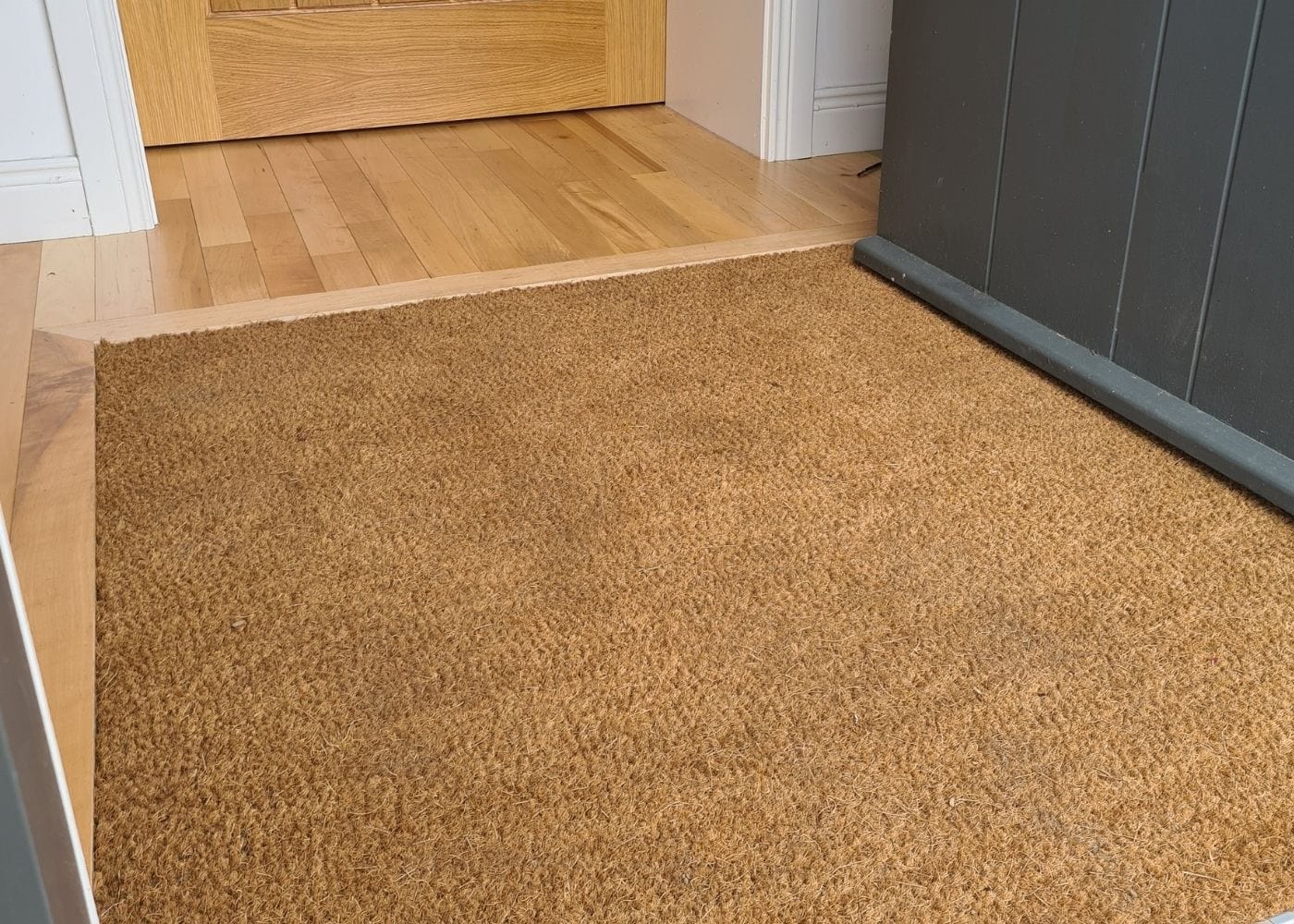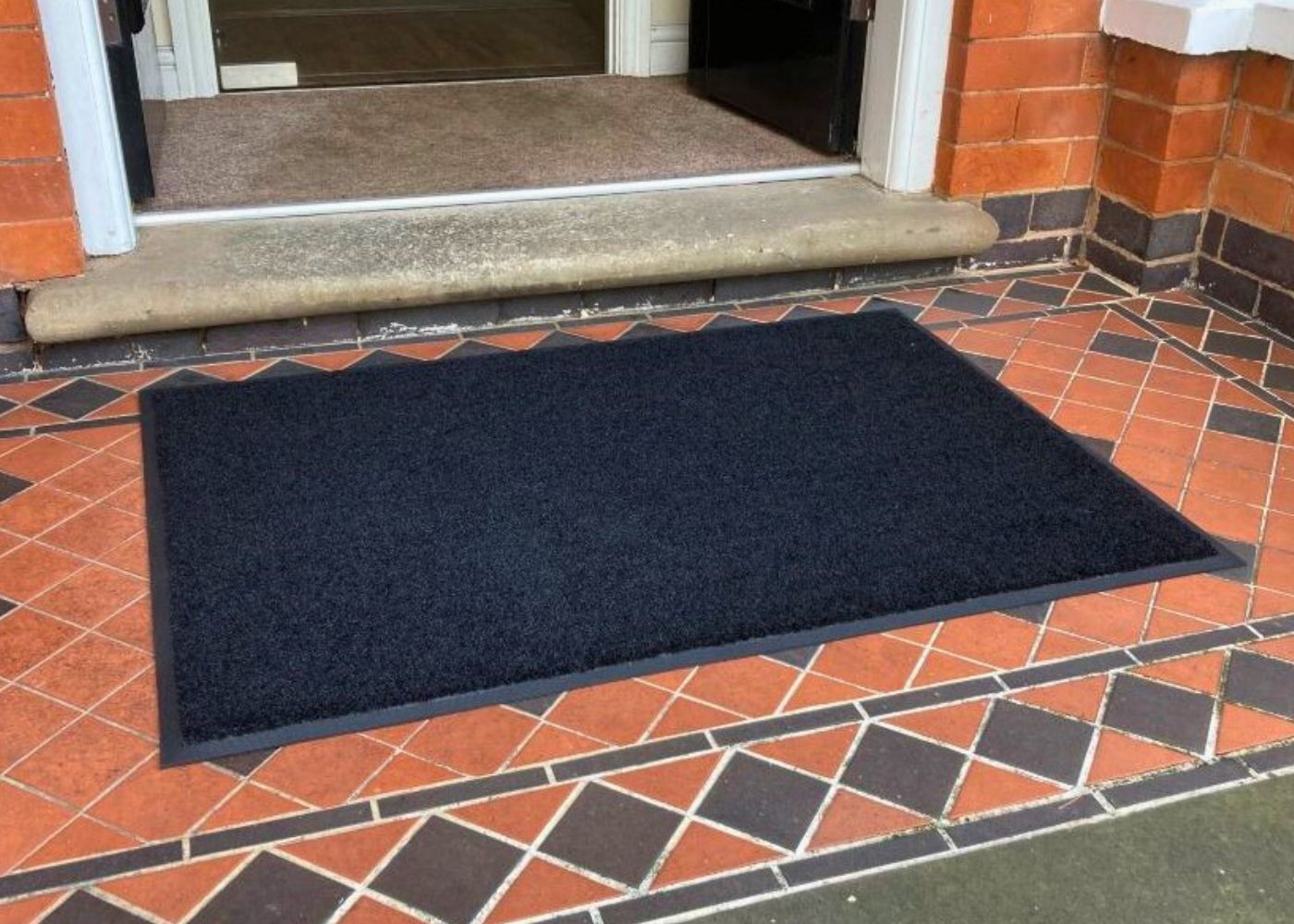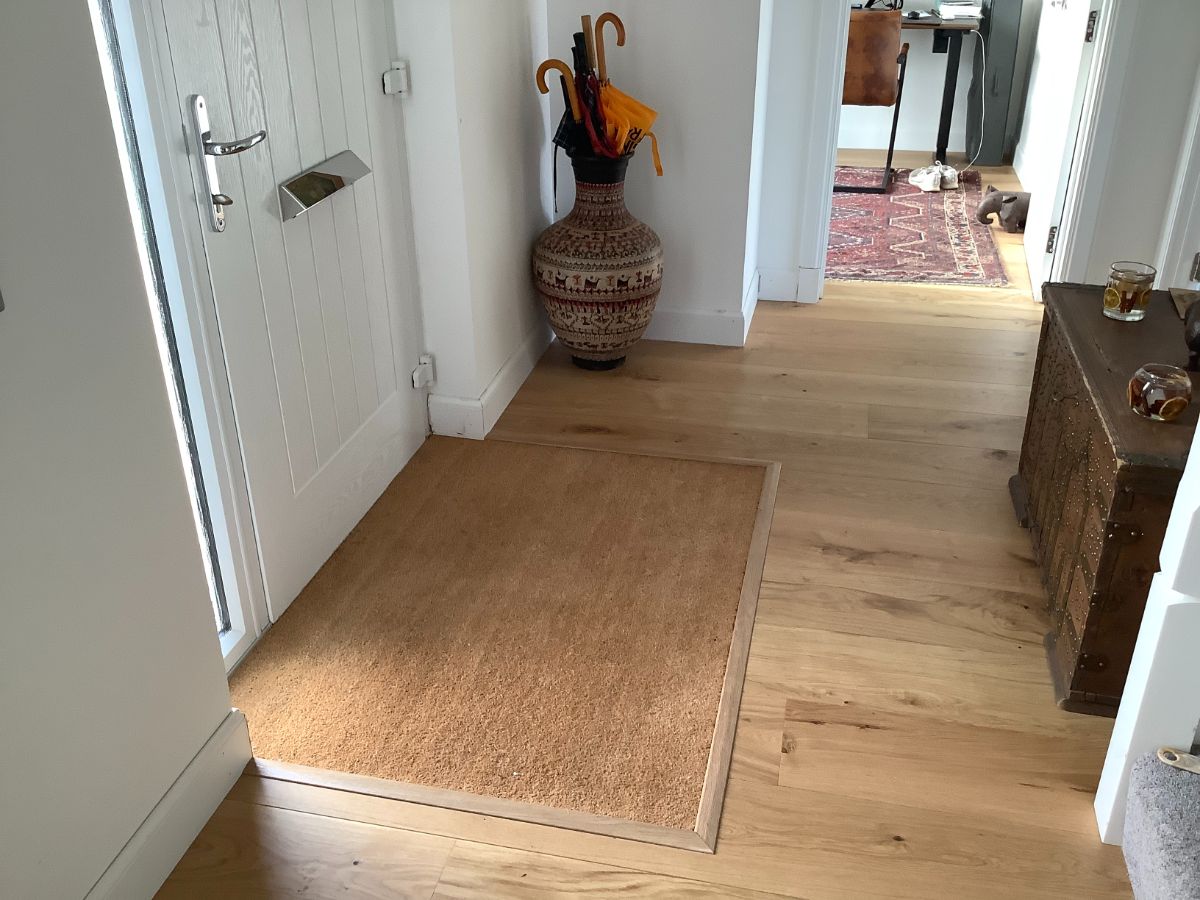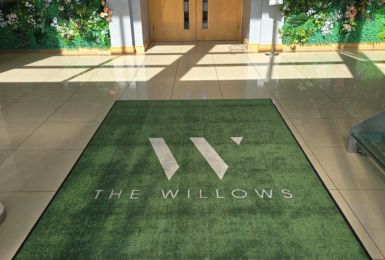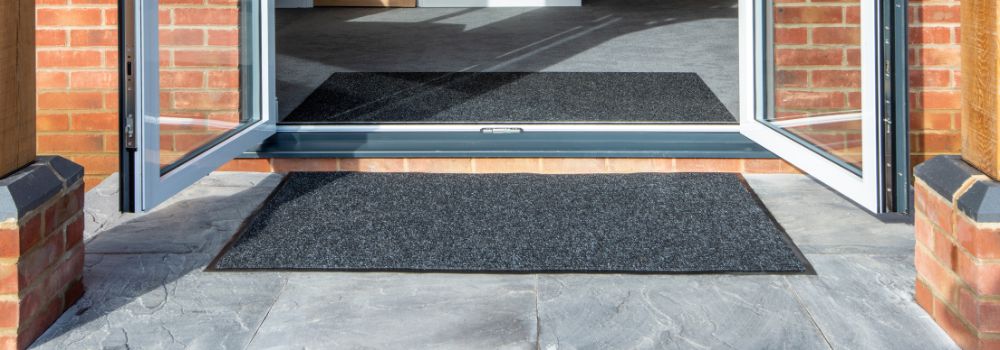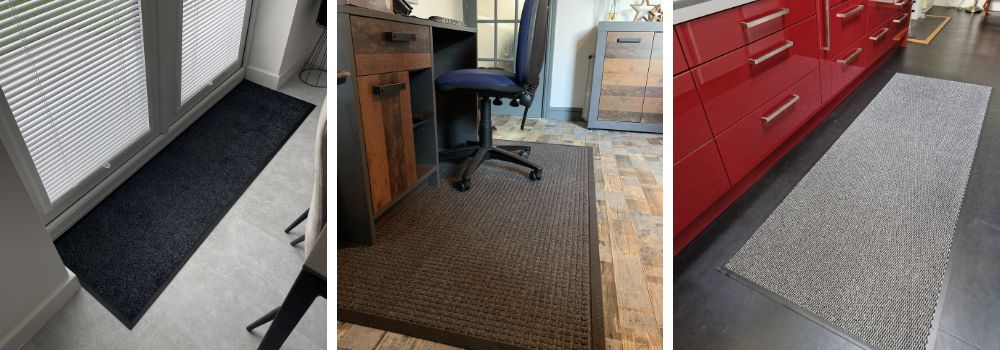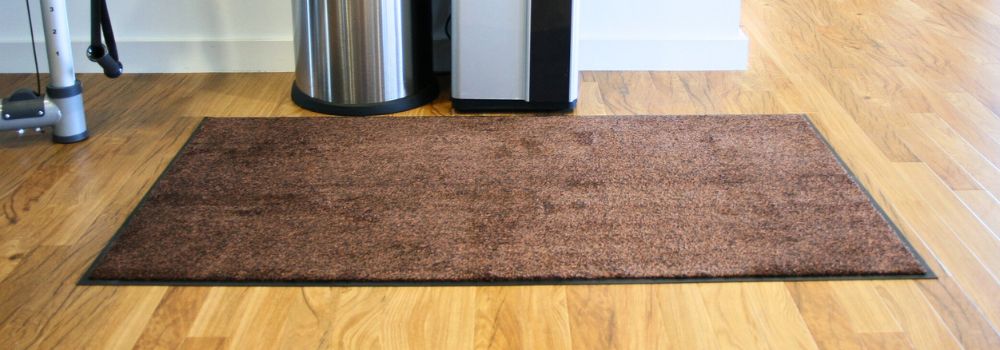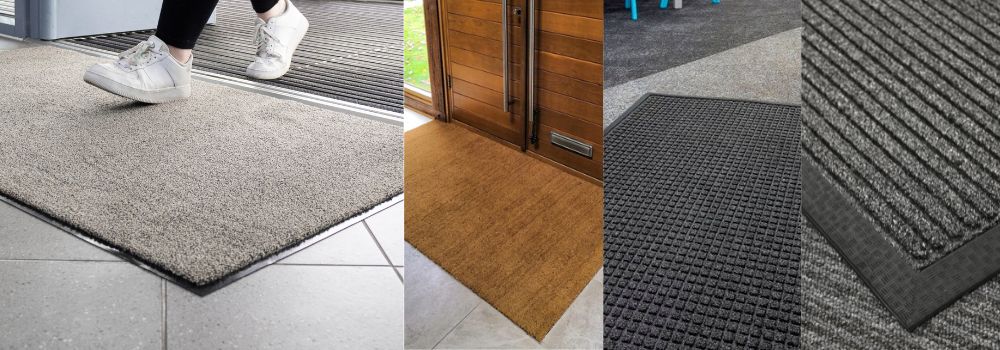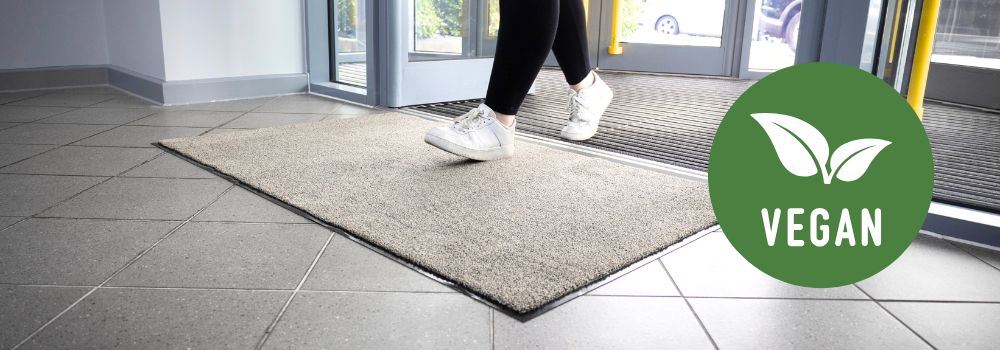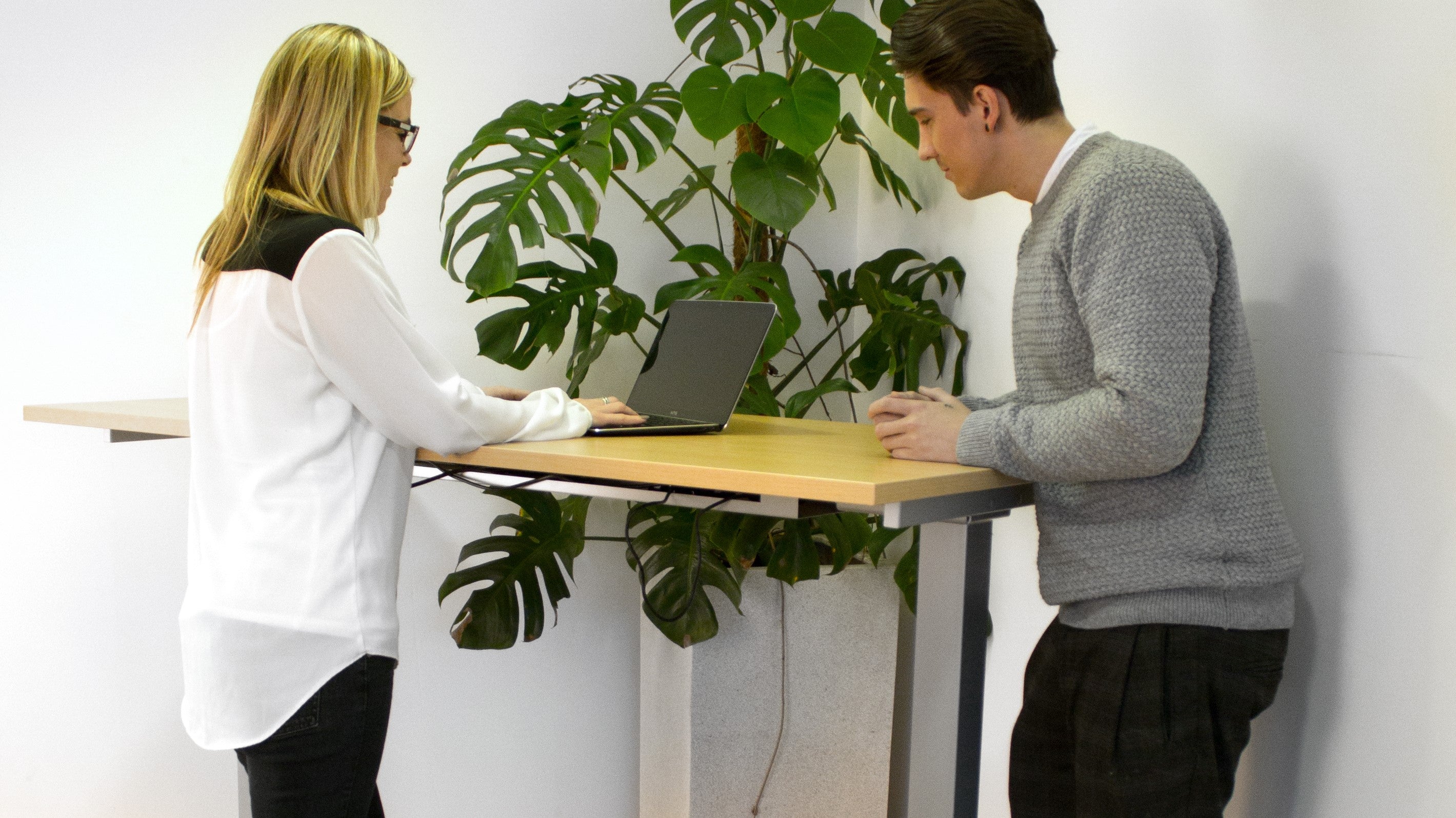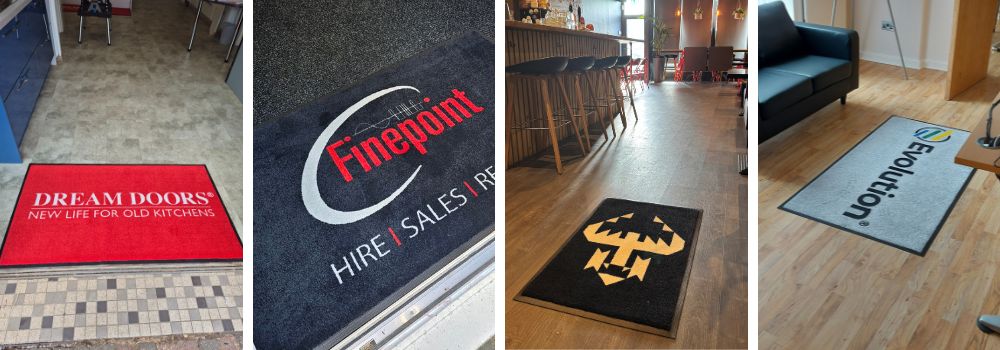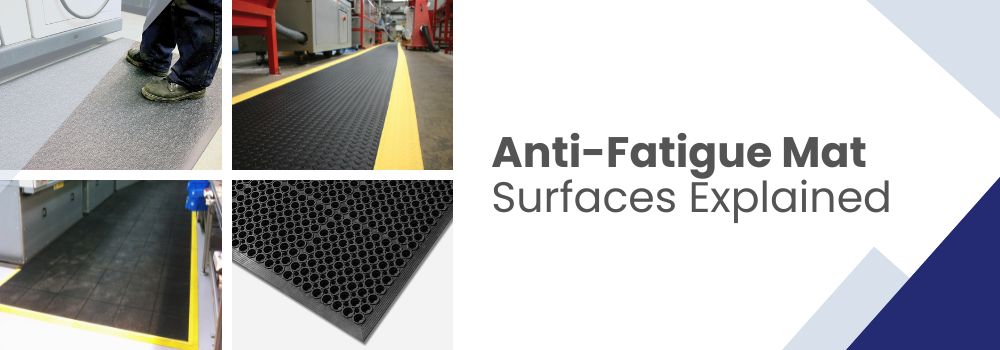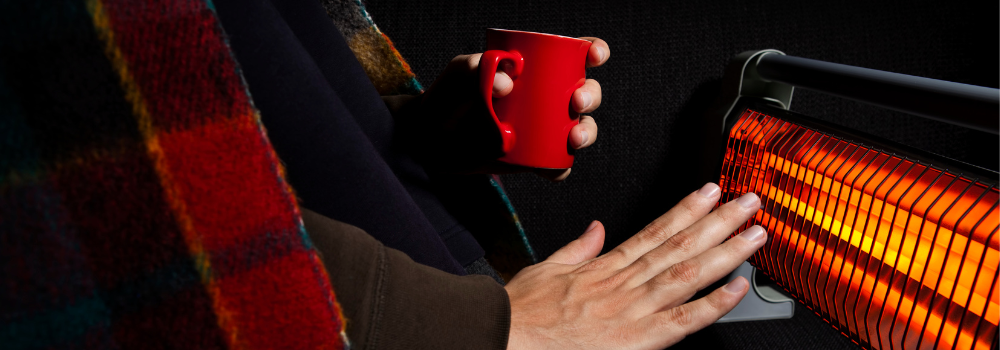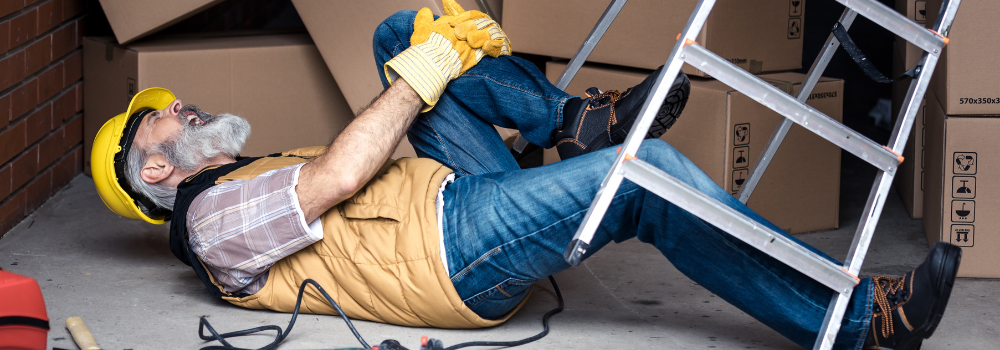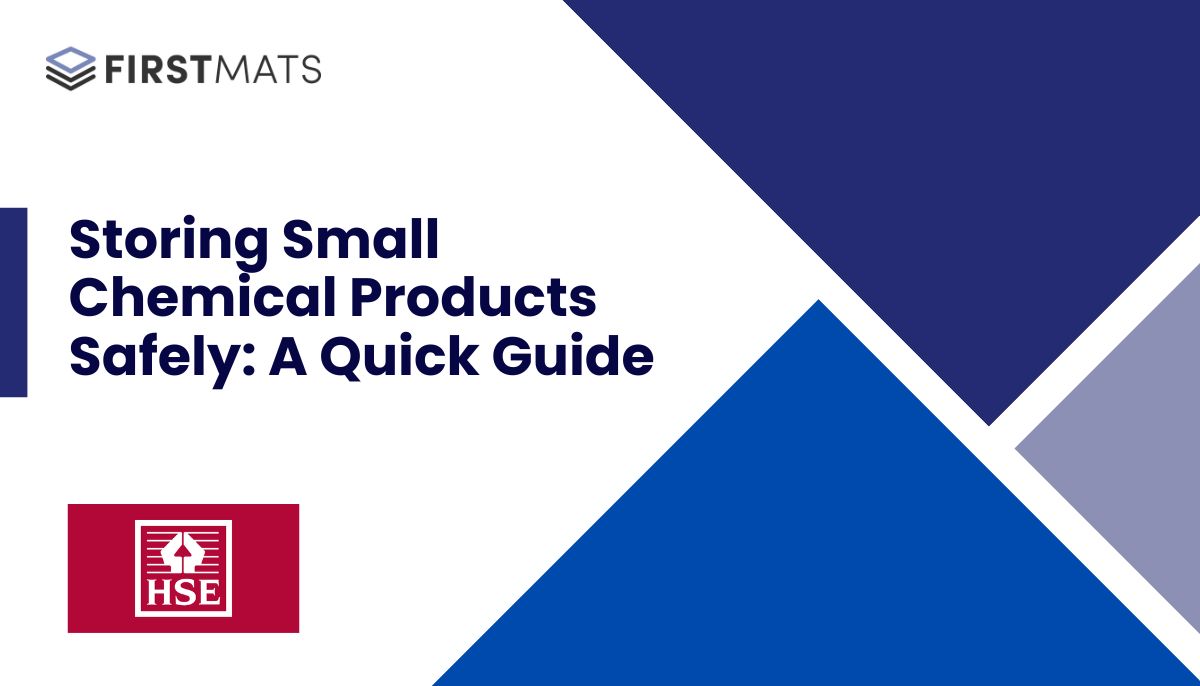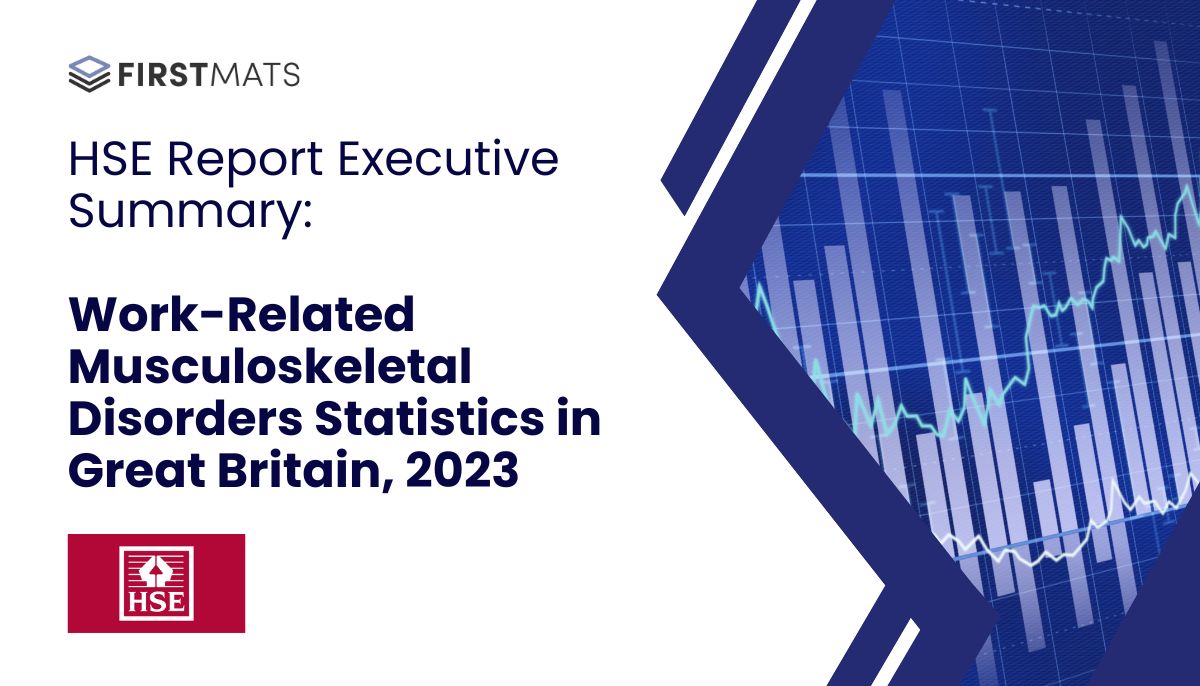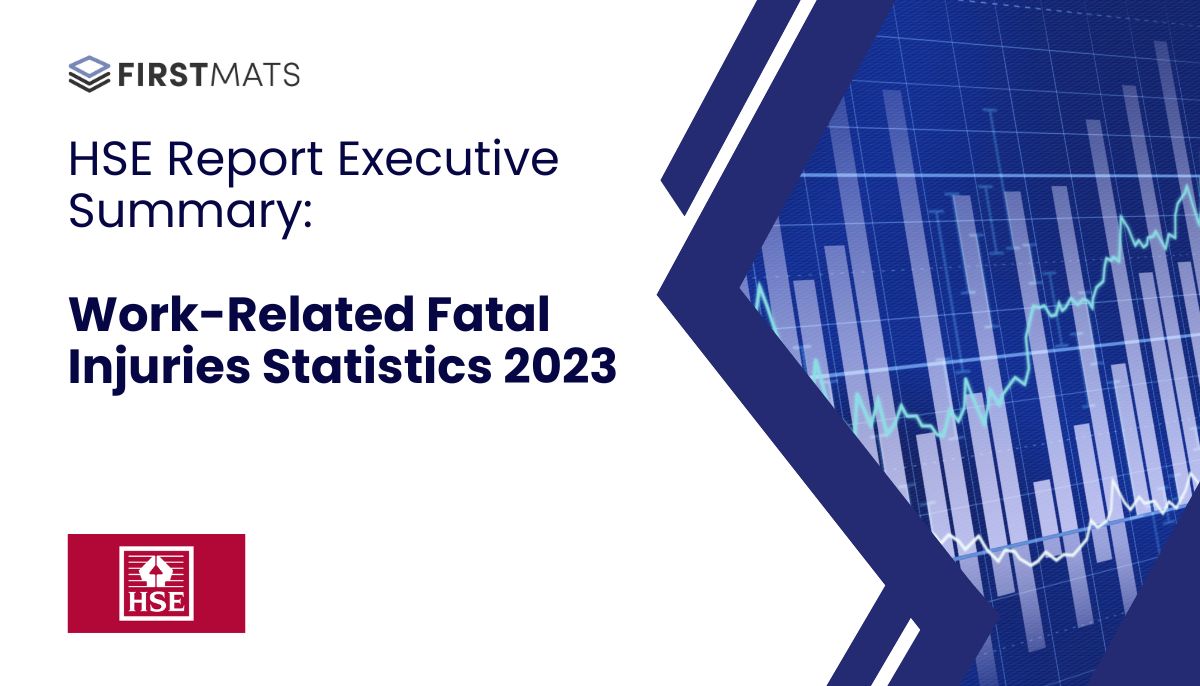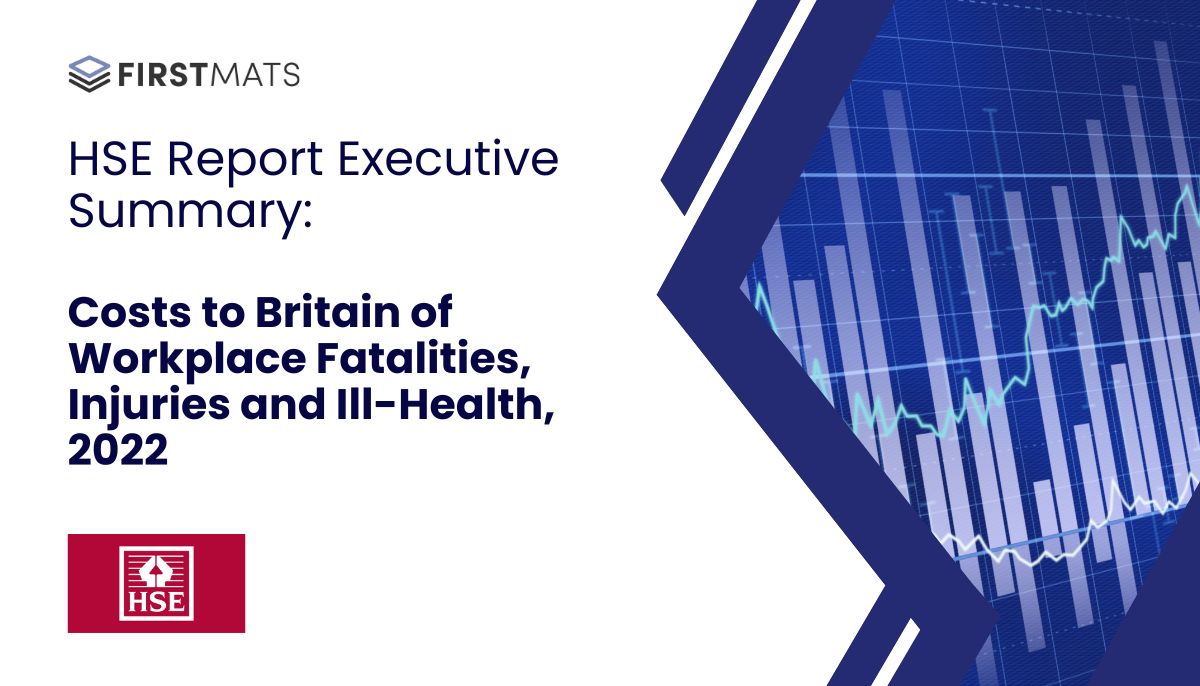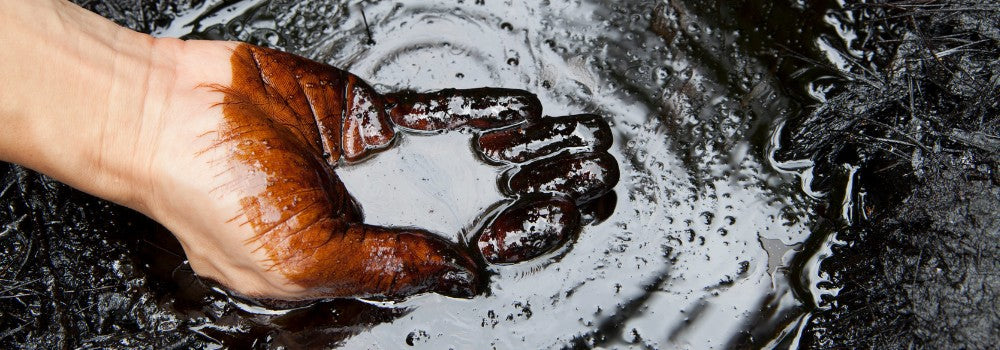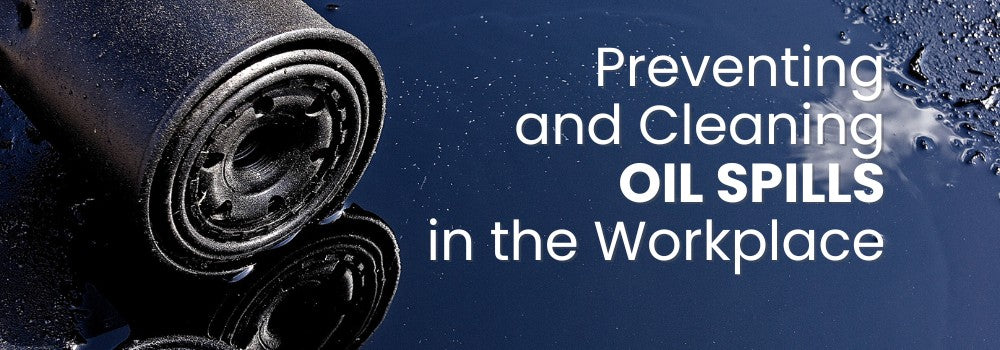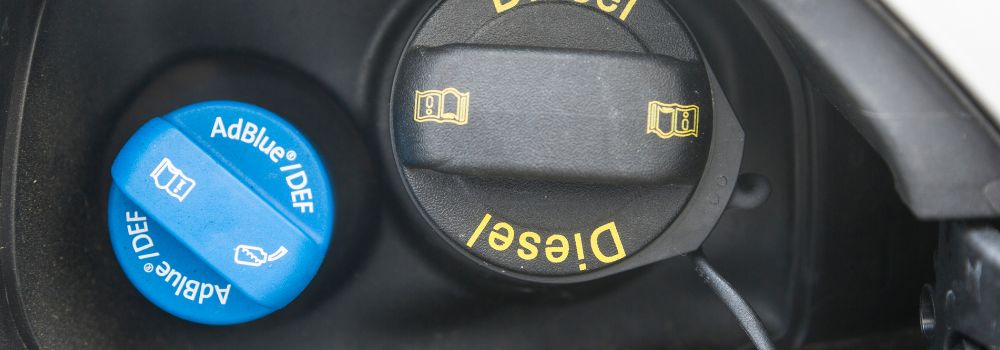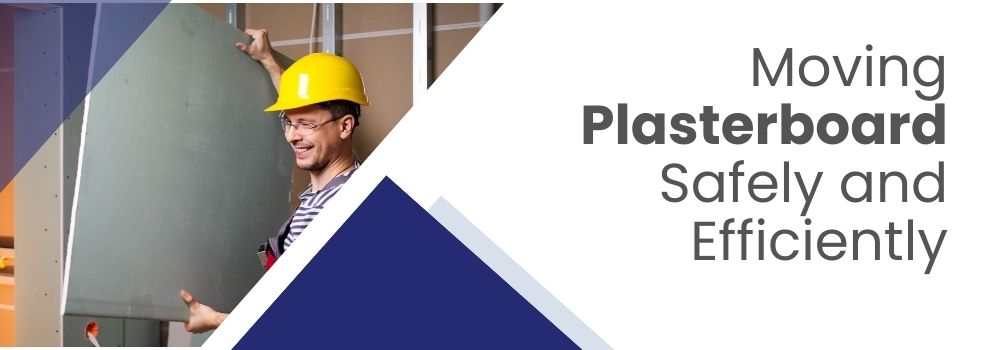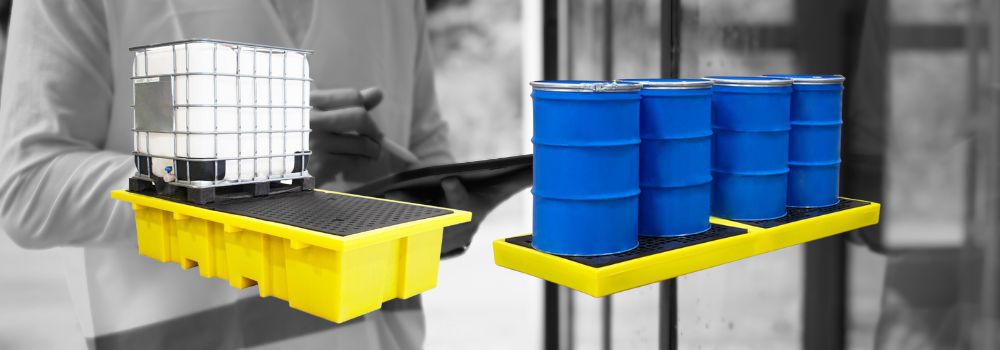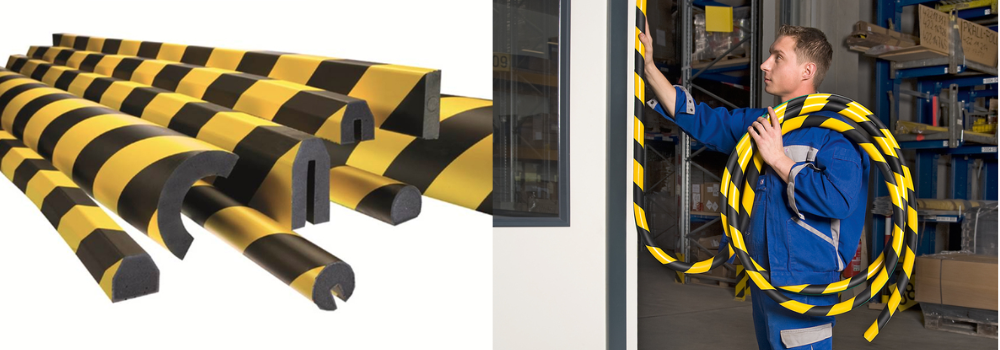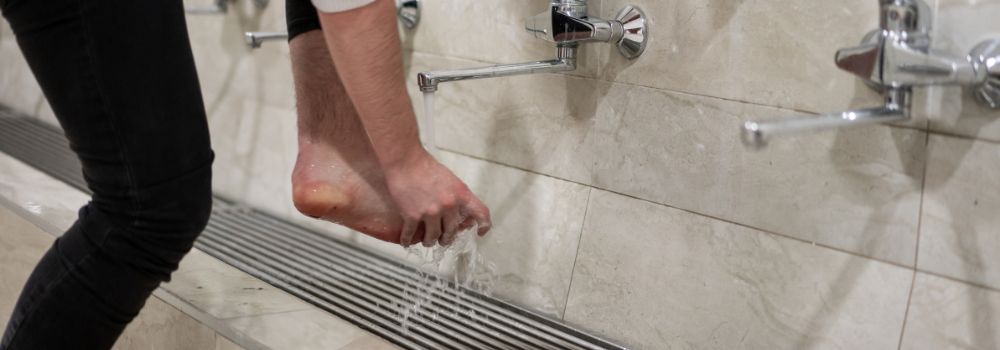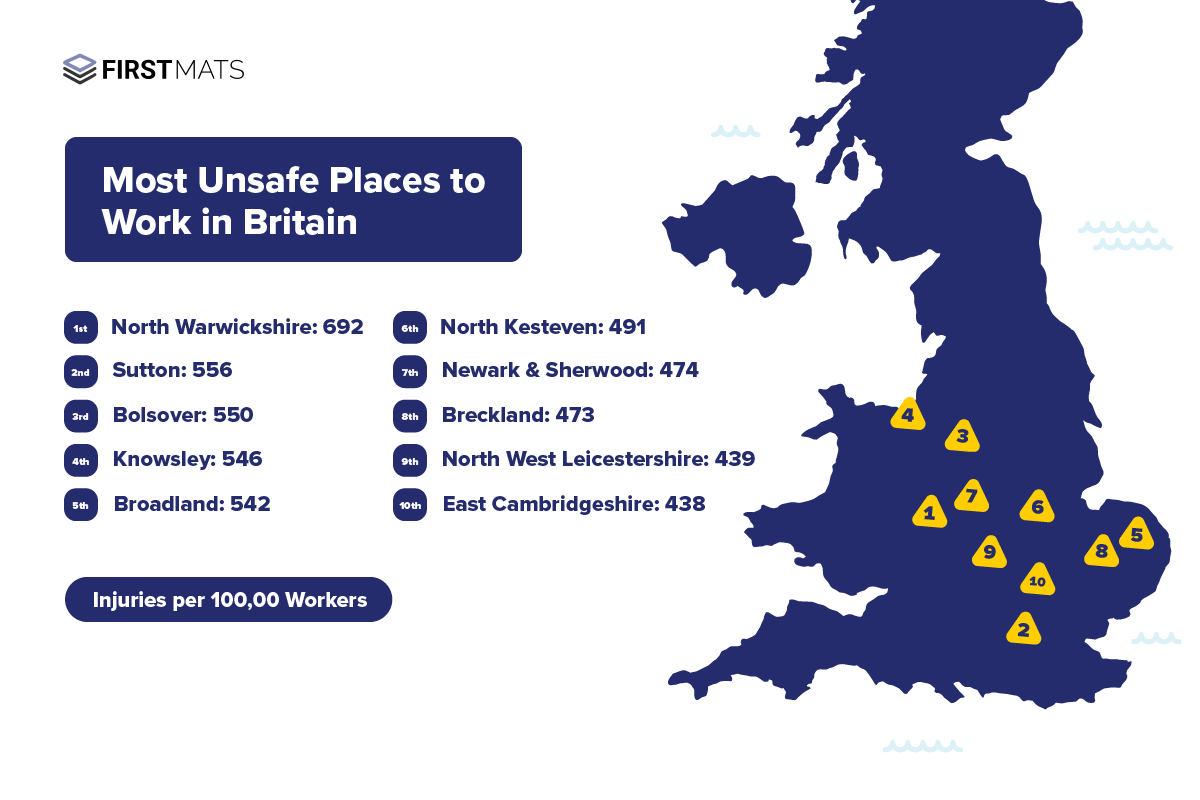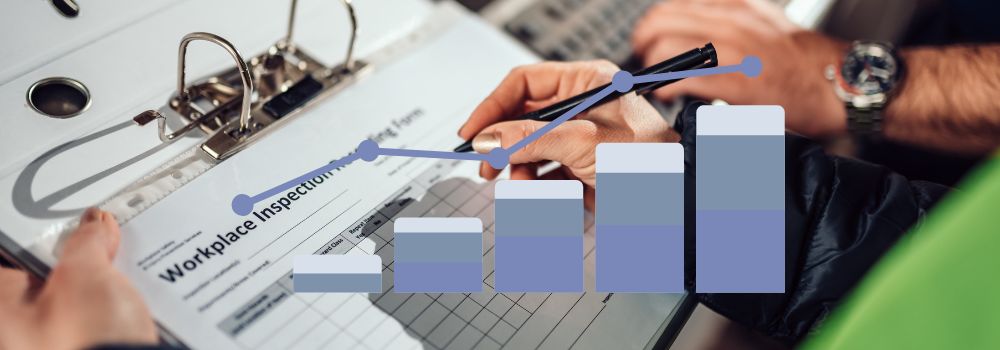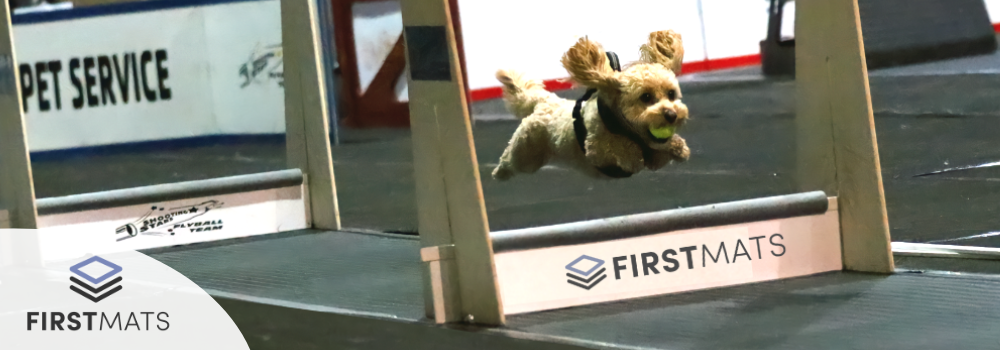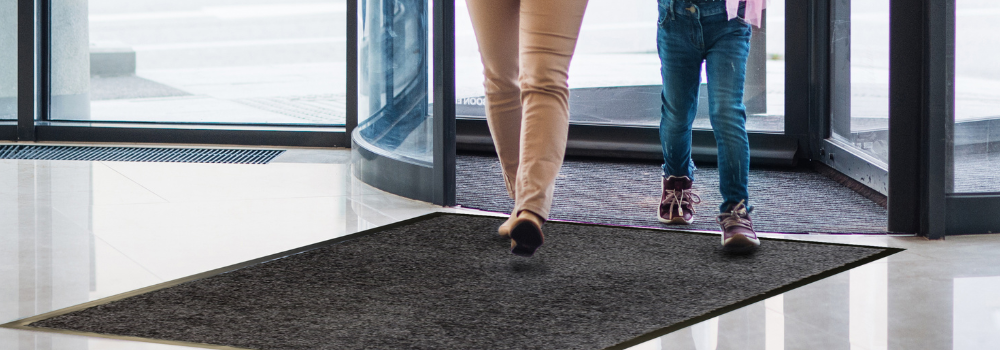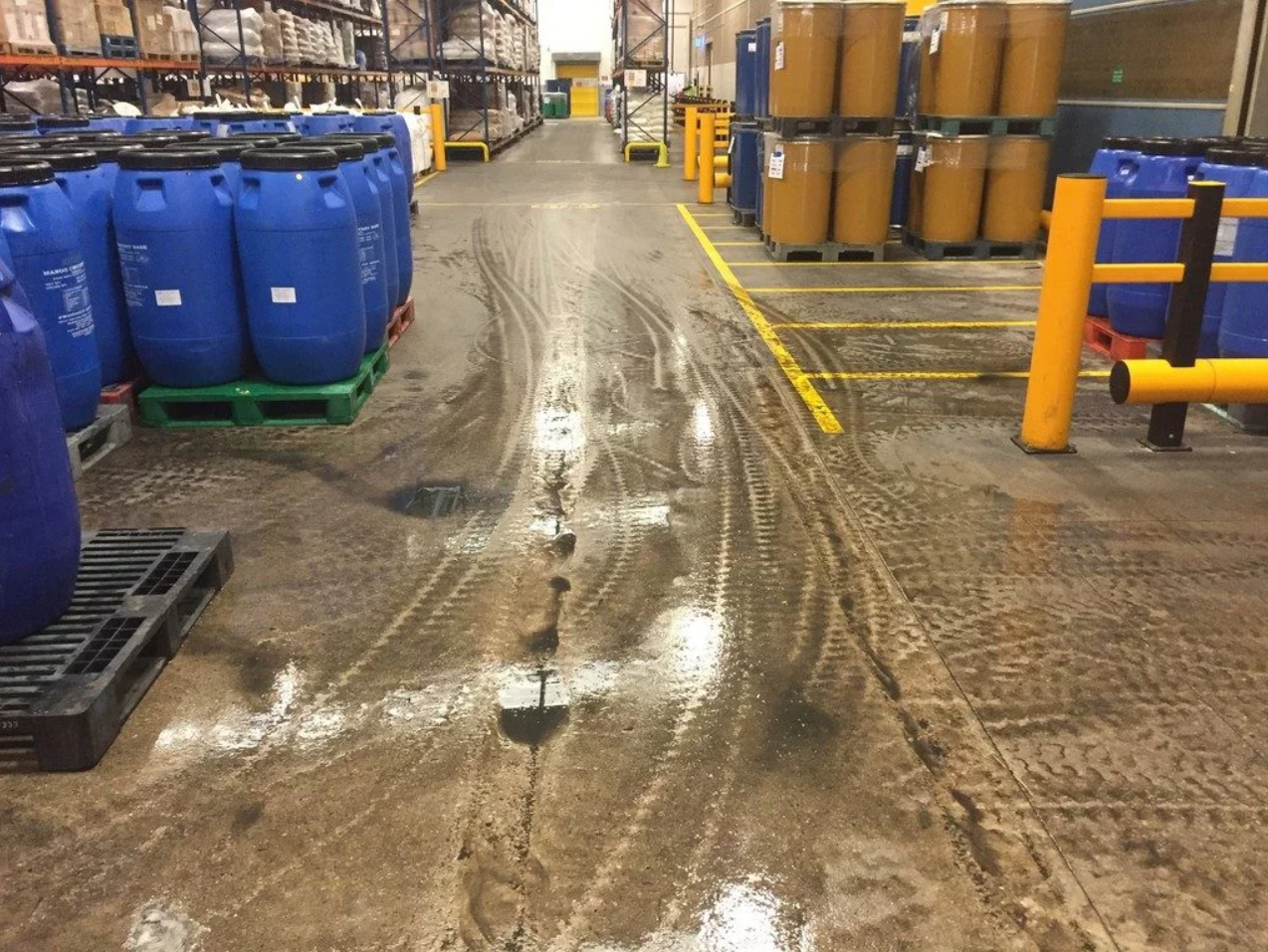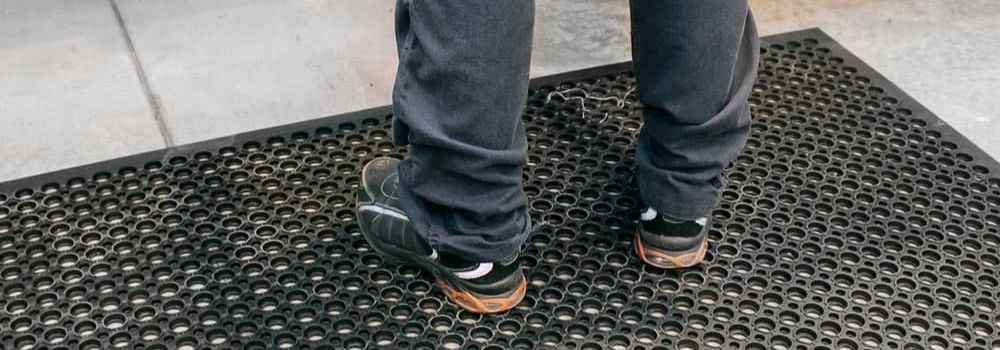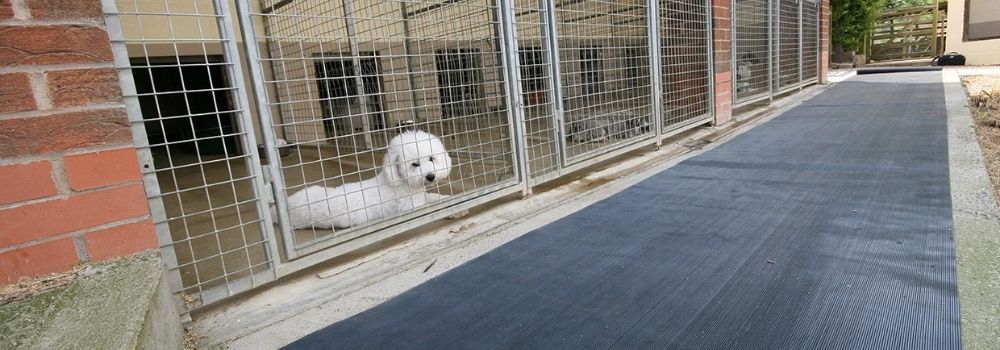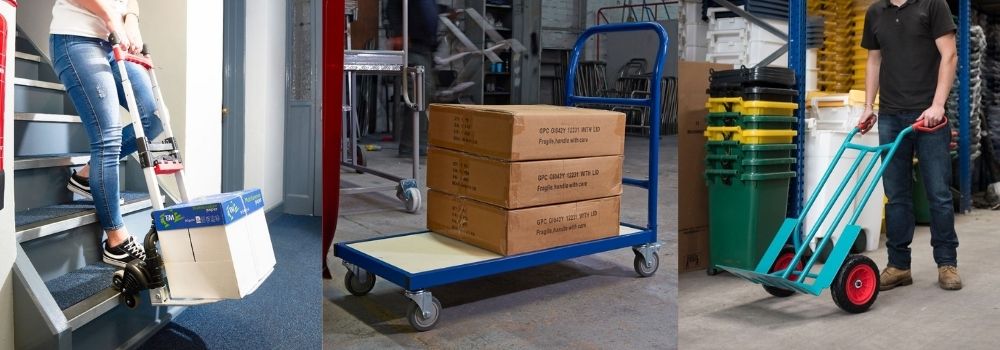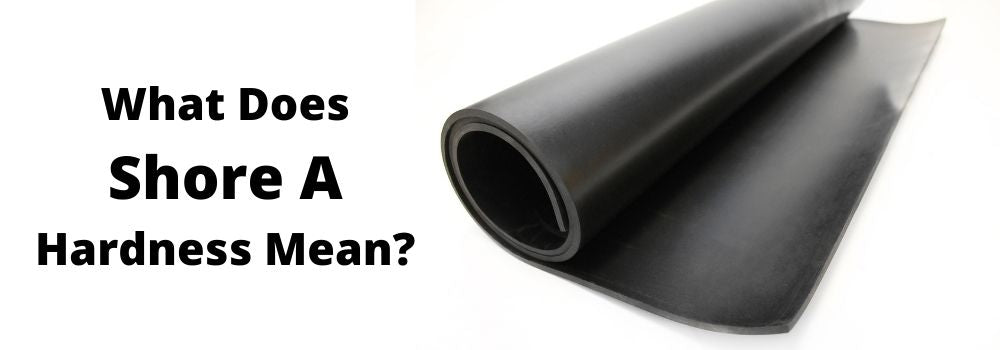What Is GRP Material?

by Richard O'Connor
Sep 03, 2019 | *3 minutes to readGRP is an acronym for Glass Reinforced Plastic, which can also be referred to as Fibreglass or Fibre Reinforced Polymers (FRP). The material is made from small fibres of glass, meaning it will have the look of glass but can take on many more complex shapes without losing flexibility and becoming more brittle.
This material is exceptionally lightweight, strong and flexible, making products made with GRP very durable and weather resistant. This means GRP has attributes that can be applied in many different industries. Fibreglass is more cost-effective than many alternatives - it must be placed in or around the shape it is required to take to ensure that it is moulded.
What Is GRP Material Used For?
GRP is used across many industries and has many different uses. It is used in manufacturing sports cars, lorries and wind turbines. Many architectural features where a lightweight material is required will use GRP. It is also used when building a house - roofing materials and pipework for both above and below ground will sometimes be made from GRP. This is not an exhaustive list, as there are many other uses for GRP.
In our case, we have used GRP to produce many of our anti-slip flooring products, including Nosing and Stair Treads. Slips, trips and falls are the most common workplace accidents in the UK. Our durable, cost-effective anti-slip flooring products can prevent you and your employees from slip risks.

GRP Material Stair Nosing
Advantages Of GRP
GRP has many advantages, making it widely used across many industries:
- It is highly cost-effective compared to other materials with similar properties, such as titanium or carbon.
- It’s lightweight compared to its high strength, which is perfect for load-bearing structures.
- GRP is a non-conductive material. This means that its use will create a safe working environment in any space where there are electrical risks
- GRP is also resistant to corrosion, which makes it beneficial in environments where rust is usually an issue, as it is guaranteed to be resistant.
- Unlike some materials, GRP has anti-slip properties, making an incident involving slipping much less likely.
- Regardless of the purpose of use, GRP is designed to be long-lasting and highly durable, reducing the need to replace it and lowering costs further.
GRP & Anti Slip Flooring
Here at First Mats, we provide anti-slip flooring sheets made from GRP. These sheets are all weather resistant and can cover a large surface area. We also offer a custom length cut option, making these sheets an ideal solution for factory floors, public walkways, wheelchairs, access ramps, and more. The high grip sheet will perfect imperfections on a roof by contouring the material and providing a reduced slip or trip hazard.
All of our sheets are coated with a densely packed fine grit texture which ensures a high-grip surface reducing the risk of slipping, even in areas prone to getting wet. All our sheets are easy to install by sticking or screwing the sheeting to the existing surface. Due to the ease of installation and cost-effectiveness, these mats are becoming a permanent fixture in many locations. Why not consider them for your business?

GRP Material used for Anti-Slip Floor Sheets
See our GRP Anti-Slip Flooring Products or our full range of Premises Products.
Explore More Topics
Frequently Asked Questions
If you have any questions, we’re here to help
How long does delivery take?
Each product comes with a specified lead time for delivery. We'll keep you informed if there are any delays in meeting this timeline.
Typically, once you’ve finalised your order and approved the proof, it will take 4-5 business days to make and deliver your finished mat.
If my order is damaged, can I return or exchange it?
Got a problem with your order? If something's not right or you're not thrilled with the quality, just let us know within 14 days of getting it. Drop us a line, and we'll tell you what to do next—usually, it starts with you sending us a photo of the issue. Once we check that out, we'll sort you out with a refund or a new item, no fuss.
Can I get my mat delivered more quickly?
Need your item in a hurry? Just Contact us to explore the faster delivery options we might have for you!
If my custom mat is damaged, can I return or exchange it?
Got a problem with your order? If something's not right or you're not thrilled with the quality, just let us know within 14 days of getting it. Drop us a line, and we'll tell you what to do next—usually, it starts with you sending us a photo of the issue. Once we check that out, we'll sort you out with a refund or a new item, no fuss.





